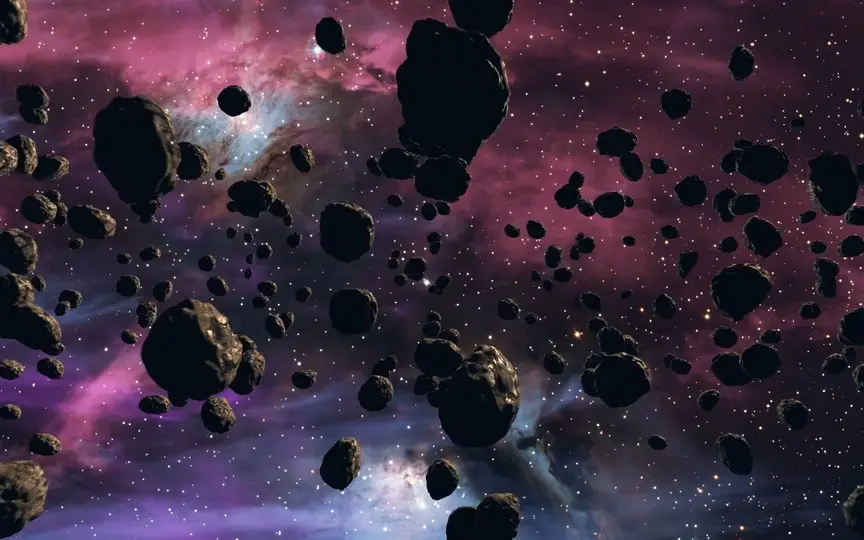Asteroid Alert! 190-foot Rock to Zoom Past Earth Today – All the Details Revealed by NASA!
NASA has utilized its sophisticated telescopes on the ground and in space to identify numerous asteroids, including one named Bennu that poses a potential danger to life on Earth with a 1 in 2700 chance of collision between 2175 and 2195. Additionally, the space agency has recently brought attention to another asteroid, known as Asteroid 2013 VX4, which is anticipated to pass by Earth today, December 4. Stay informed about the specifics of this imminent encounter with the asteroid.
Asteroid 2013 VX4: Close approach data
According to the Center for Near-Earth Object Studies (CNEOS), the asteroid, named Asteroid 2013 VX4, is heading towards Earth and is predicted to pass Earth at a distance of 1.9 million kilometers. This near-Earth space rock moves in an orbit around the Sun at a speed of about 23,679 kilometers per hour. It is important to note that although it has been called a near-Earth asteroid due to its close flyby distance, it is not expected to actually impact the planet.
NASA has revealed that Asteroid 2013 VX4 belongs to Apollo’s group of Near-Earth Asteroids, which are super-Earth space rocks with semi-major axes larger than Earth’s. These asteroids are named after the huge 1862 Apollo asteroid discovered by German astronomer Karl Reinmuth in the 1930s.
How big is the asteroid?
NASA has not designated a potentially hazardous asteroid. Only celestial bodies longer than 492 feet that pass Earth at a distance of less than 7.5 million kilometers are defined as such, and Asteroid 2013 VX4 does not meet one of those requirements. In terms of size, Asteroid 2013 VX4 is nearly 190 feet wide, making it almost the size of an airplane.
Interestingly, this is not the first close-to-Earth approach by Asteroid 2013 VX4. The first time it passed the Earth was on October 6, 1930, when it flew past the planet at a distance of almost 59 million kilometers. After today, it will next pass the Earth on November 7, 2028, when it is expected to approach as close as 8.5 million kilometers.




